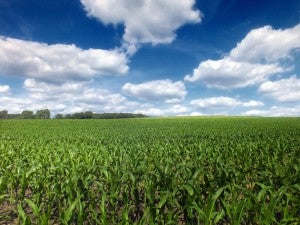
Credit: Flickr user Nicholas A. Tonelli
The U.S. Department of Agriculture just announced a new national climate strategy aimed at reducing emissions from the agriculture and forestry sectors. USDA will partner with farmers and ranchers on voluntary and incentive-based approaches to implement climate-smart agriculture techniques and programs. This approach will also ensure that crops are resilient to increasing fluctuations in weather and climates, and that farmers’ livelihoods are protected.
The new focus on ‘cooperative conservation’ is a huge step in the right direction.
America’s farmers face a challenge: increase productivity to feed a growing population, but do so in an era where climate is becoming increasingly unpredictable, with warmer growing seasons, droughts, and floods. Farmers are also called upon to increase production in a way that reduces greenhouse gas emissions. This is a tall order, given that if we continue with current farming practices agriculture could be responsible for 70 percent of the planet’s greenhouse gas emissions by 2050. Read More










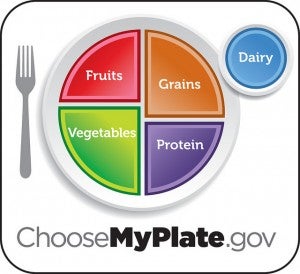
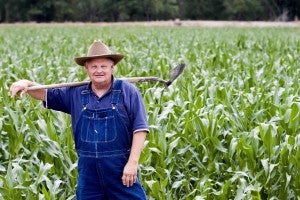

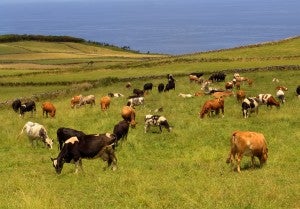
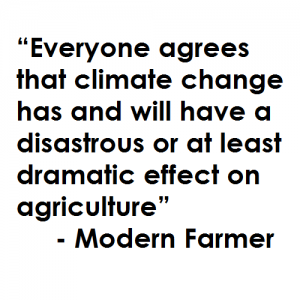
 Fertilizer use is key to increasing the productivity necessary for farms to feed rising populations. However, not using the right amount in the right place at the right time is one of the biggest threats to a stable climate. Nitrogen fertilizer not used by crops emits nitrous oxide, a heat-trapping gas 300 times more powerful than carbon dioxide. It also contaminates water supplies, causes algae blooms downstream and erodes soil health.
Fertilizer use is key to increasing the productivity necessary for farms to feed rising populations. However, not using the right amount in the right place at the right time is one of the biggest threats to a stable climate. Nitrogen fertilizer not used by crops emits nitrous oxide, a heat-trapping gas 300 times more powerful than carbon dioxide. It also contaminates water supplies, causes algae blooms downstream and erodes soil health.